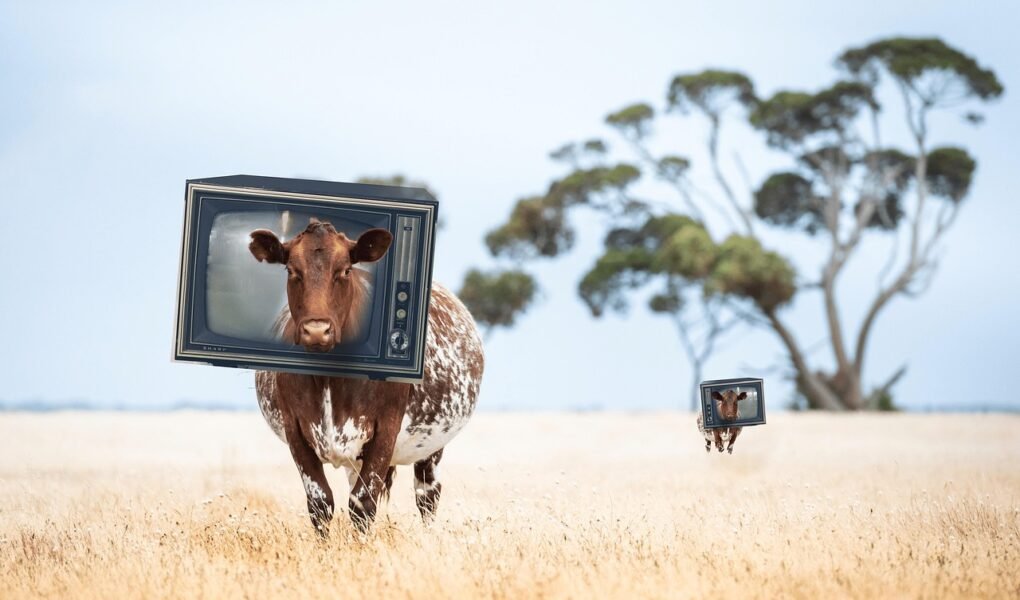In the world of cinema, cinematography is the art of capturing moving images that can evoke feelings, shape stories, and create an immersive visual experience for the audience. However, along with technological developments, modern cinematography does not only rely on lighting, framing, or image composition alone, but also Visual Effects (VFX) which plays an important role in enriching the visual quality of the film.
Visual Effects (VFX) is a technology that allows the creation of visual effects that cannot be recorded directly, either in the form of imaginative scenes or adjustments to real world elements. In this article, we will explore the huge role VFX plays in improve the quality of cinematography and how VFX collaborates with traditional cinematography techniques to create extraordinary visual experiences.
What are Visual Effects (VFX)?
Before discussing the role of VFX in cinematography, it is important to understand what it is Visual Effect. VFX is a technique used to create images or scenes that cannot be produced by conventional means. With the help of computers, visual elements such as explosion, fantastic creatures, or weather changes can be simulated and added to films or videos.
VFX includes several technologies, such as:
- Computer Generated Imagery (CGI): Computer generated images.
- Motion Capture: Technology for recording human body movements and transferring them to digital characters.
- Compositing: A technique for combining various visual elements into one image.
VFX helps create worlds that could not exist in reality and gives filmmakers the freedom to develop their artistic vision further.
How VFX Improves the Quality of Cinematography?
Cinematography is not only about taking aesthetic pictures, but also about how the visuals support the story and emotions. VFX provides space for filmmakers to enrich the visual experience. Here are some ways VFX improves the quality of cinematography in a film.
1. Create a More Immersive World
With VFX, filmmakers can create entirely new worlds, unbound by the real world. In science fiction or fantasy films, for example, VFX allows the creation of environments that would otherwise not exist, such as alien planet, futuristic city, or fantasy creature. These worlds help create a more immersive cinematic experience, drawing viewers into stories that are larger than everyday life.
A famous example is in films Avatar by James Cameron, who used VFX to create the planet Pandora with a highly detailed ecosystem and vivid fantasy creatures. It enriches the viewer’s visual experience, immersing them in a completely new world.
2. Enhance Weather and Natural Effects
VFX makes creation possible weather effects and natural phenomena that not only enhance the visuals but also support the atmosphere of the film. For example, scenes with snowstorms, heavy rain, or volcanic explosions can be created without physical limitations on the ground.
This technique strengthens the dramatic feel in a film, and allows the cinematographer to set the mood more flexibly. For example, in films such as Twister (1996), a tornado effect was created with VFX to show the immersive power of nature.
3. Helps More Realistic Special Effects
With VFX, more realistic special effects can be added to the film. The effects of explosions, fire or physical forces such as impacts can be achieved with very advanced VFX techniques. This allows intense action scenes, previously difficult to pull off with practical techniques, to be more convincing and safe for the actors.
In addition, VFX can be used to remove unwanted elements or enhance the appearance of elements on the set, so that the final result looks smoother and not limited by the physical world.
4. Digital Character and Special Effects Make-Up
One of the biggest roles of VFX in cinematography is its ability to create digital characters which are almost indistinguishable from real human characters. Technology like motion capture allows actors to play digital characters, where their body movements and facial expressions are transformed into realistic 3D characters.
The most famous example is character Gollum in The Lord of the Rings, which was created entirely using VFX with the movement of actor Andy Serkis. These digital characters combine cinematography with VFX to create a stunning visual experience.
In addition, VFX also allows for very dramatic make-up effects and body changes. Monster or mutated characters can be created using CGI to add depth to the story.
5. Seamless Transition Between the Real World and the Fantasy World
Cinematography often faces challenges in transitioning between the real world and the world of fantasy. VFX helps create these transitions seamlessly, combining real-world elements with digital ones. Technique compositing allows various visual elements, such as actors, backgrounds, and artificial objects, to be combined into one natural-looking image.
In films like Inception, the transition from the real world to the world of dreams is carried out with the help of stunning visual effects. VFX creates a flexible dream world, where gravity can change or the landscape can be distorted in ways that would not be possible in the real world.
6. Enhance the Immersive Experience with 3D and 360-Degree Filming
Apart from improving the visuals on the flat screen, VFX also plays an important role in the film 3D And 360-degree filming. In 3D films, visual elements are created and manipulated to give the illusion of depth and movement. VFX enhances the viewing experience by providing an added dimension that makes the audience feel as if they are inside the story.
In films like Avatar And Gravity, VFX is used to create highly realistic depth, bringing the cinematic experience to life and providing a more immersive visual sensation.
Conclusion
Visual Effects (VFX) have changed the face of modern cinematography, giving filmmakers the freedom to tell stories that were previously impossible to realize. With the ability to create fantasy worlds, dramatic weather effects, digital characters, and transitions between the real world and fantasy worlds, VFX not only enriches the images in films, but also enriches the entire viewing experience.
As a tool that combines creativity and technology, VFX plays a very important role in pushing visual boundaries in the world of cinema. For filmmakers and cinematographers, this technology is the key to realizing their artistic visions, enabling them to produce more immersive and immersive cinematic works.
With the continued development of VFX, the future of cinematography will become even brighter with almost limitless creative potential.
FAQ
1. What are Visual Effects (VFX)?
VFX is a technique used to create visual effects that cannot be produced by conventional means in film production, such as explosions, fantastic creatures or weather effects.
2. What is the role of VFX in enhancing cinematography?
VFX enriches the images in films by creating new worlds, dramatic weather effects, digital characters, and seamless transitions between the real world and fantasy worlds, all of which enhance the viewer’s visual experience.
3. How is VFX technology used in 3D films?
VFX in 3D films create the illusion of depth and movement, providing an added dimension that makes the audience feel more involved in the story.
4. What is motion capture in VFX?
Motion capture is a technology used to record human body movements and transfer them to digital characters, enabling the creation of highly realistic characters.
5. Why is VFX so important in modern films?
VFX allows filmmakers to expand the boundaries of their imagination, creating realistic and fantastical visual effects that are immersive, enhancing the visual quality and audience experience.



